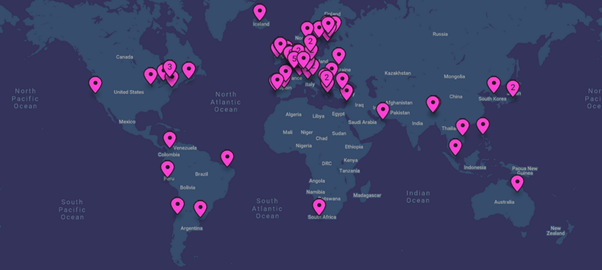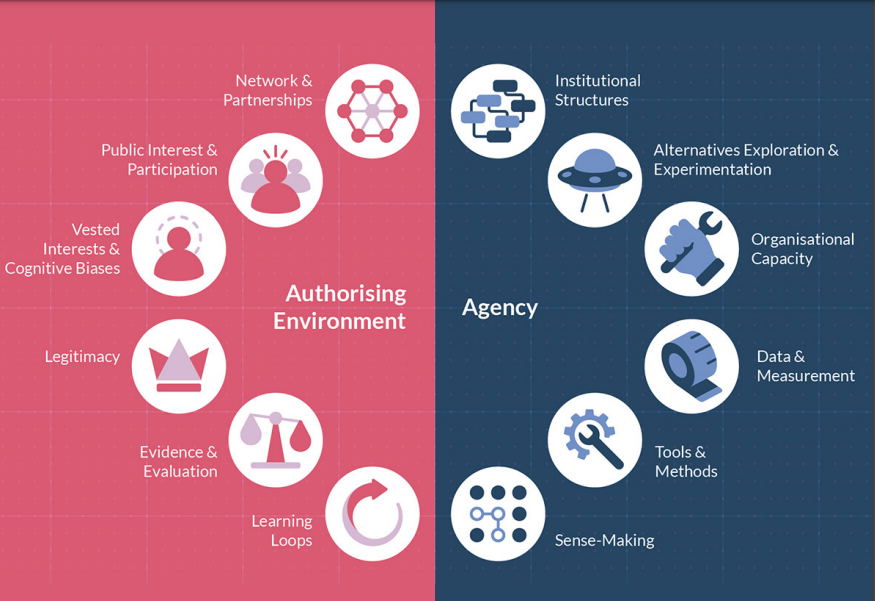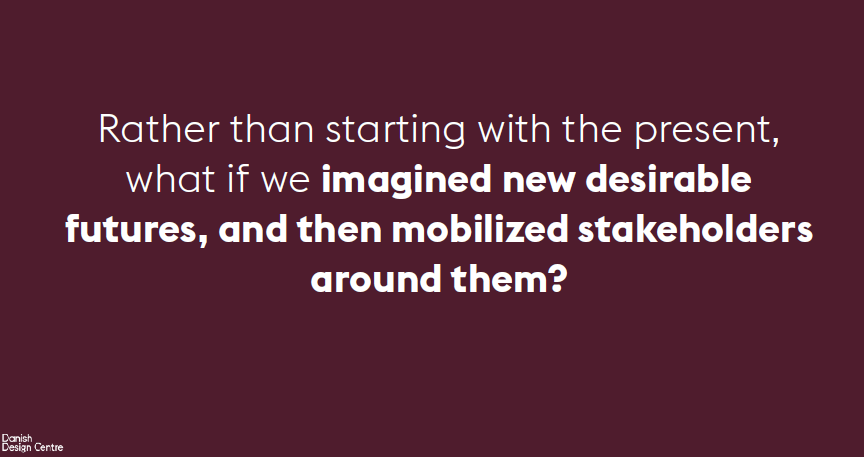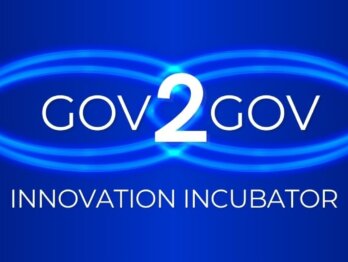Building global anticipatory innovation governance capacity

On March 11-12, 2021, more than 450 futures, foresight and innovation experts from 72 countries around the world gathered digitally to discuss the latest on anticipatory innovation governance. Over three sessions, the emerging Anticipatory Innovation Governance (AIG) model was explored, together with the future of the public sector, and tools and methods for anticipation. The series of sessions were co-hosted with the Government of Finland and supported by the European Commission’s Horizon 2020 Programme.

The need for a new way to engage with uncertainty
For decades, governments have pursued a largely reactive approach to policy making: waiting for a crisis or problem, responding to that problem with policy, service design or legislative tools, and hoping that that response is sufficient. The past year of crisis and complexity has put into question the effectiveness of this reactive approach; revealing increasing demand for governance methods that pursue a proactive, experimental and deliberate approach to uncertainty, complexity and the future.
“In our environment, the complex systems and the problems they contain have become perhaps more the norm rather than the exception. However, we still seem to be in a reactive mode. We look at the future issues, and maybe we do also some future work. But then we put those aside, as they are often still a separate exercise, and we start waiting for something to happen that needs us to react.” – Katju Holkeri, Head of Governance Policy Unit, Ministry of Finance, Finland – Opening Remarks
Anticipatory Innovation Governance is the broad-based capacity to actively explore possibilities, experiment and continuously learn as part of a broader governance system. This governance model is still developing, growing and evolving as case-based research continues around the world. The model works with mechanisms in the area of agency and authorising environment (see below) to help enable future-oriented innovation, and remove barriers that prevent anticipation from happening. As this field of research and practice continues to grow, the OECD Observatory of Public Sector Innovation (OPSI) is seeking to build a collection of global case studies, practice sharing, experimentation and analysis to support the use of AIG methods internationally.

Supporting anticipatory innovation governance practice internationally
With the support of the European Commission’s Horizon 2020 Programme on Research and Innovation, the OPSI, alongside the Government of Finland, hosted a series of workshops to showcase how anticipatory innovation governance can be put into action. These workshops convened around three themes:
- Governance Model: Exploring how governments can systematically embed anticipatory capacity.
- Futures of the Public Sector: Exploring how we can act today in order to succeed in the future.
- Tools and Methods for Anticipatory Innovation Governance: Highlighting the tools and methods to turn foresight and anticipation into practice.

These workshops highlighted how countries have progressed in building and systematically embedding anticipatory innovation capacity within their national contexts. Given the emerging nature of these methods, global collaboration and collaboration are crucial as innovators around the world seek to build capacity within their governments. You can read more about the specific resources, cases and topics discussed in the blog write-ups from each session: AIG Governance Model, Futures of the Public Sector and Tools and Methods for Anticipatory Innovation Governance.
Much of the OPSI work in this area is about enabling anticipatory innovation governance practice to grow. This includes capacity building and directly testing approaches with governments, both on the sides of perceiving the future and shaping the future.

Many countries are already paving the way for this to happen; turning anticipatory innovation governance knowledge into practice. Some of the key OPSI projects in the field of Anticipatory Innovation Governance include:
- Slovenia: In the lead up to the EU presidency of Slovenia, OPSI is co-creating scenarios for the future of the public sector with special attention to talent management and ageing.
- Latvia: OPSI together with LIAA is looking at anticipatory innovation governance approaches to steer technology ecosystems in accordance with public and private goals.
- Ireland: OPSI together with the Our Public Service 2020 team is looking at ways to build up an anticipatory strategic foresight system in Ireland and the means to bridge the impact gap of futures.
- Finland: In Partnership with the European Commission and the Finnish Government, OPSI is creating the blueprint of AIG over the next two years and carrying out proof of case experiments in different anticipatory governance mechanisms.
- Helsingborg, Sweden: OPSI is working with one of the most innovative cities in Sweden and Europe to explore what it takes to become an anticipatory organisation and how to manage innovation portfolios across the city.
- Gipuzkoa: Alongside the Gipuzkoa Provincial Government the OECD has analysed different Anticipatory network governance forms with particular attention on green transition, collaborative governance and participatory democracy.
This diversity of topic areas showcases that Anticipatory Innovation Governance methods can be applied in a wide range of subject areas. One of the key principles of this work is a commitment to sharing project findings with the greater innovation community to build a case library of AIG in practice. An initial overview of AIG theory and cases is available in our AIG Briefing Note, and we will continue to share project and research updates through our blog and newsletter.
If you are interested in learning more about or work or building your own Anticipatory Innovation Governance approach, get in touch with us at [email protected]












